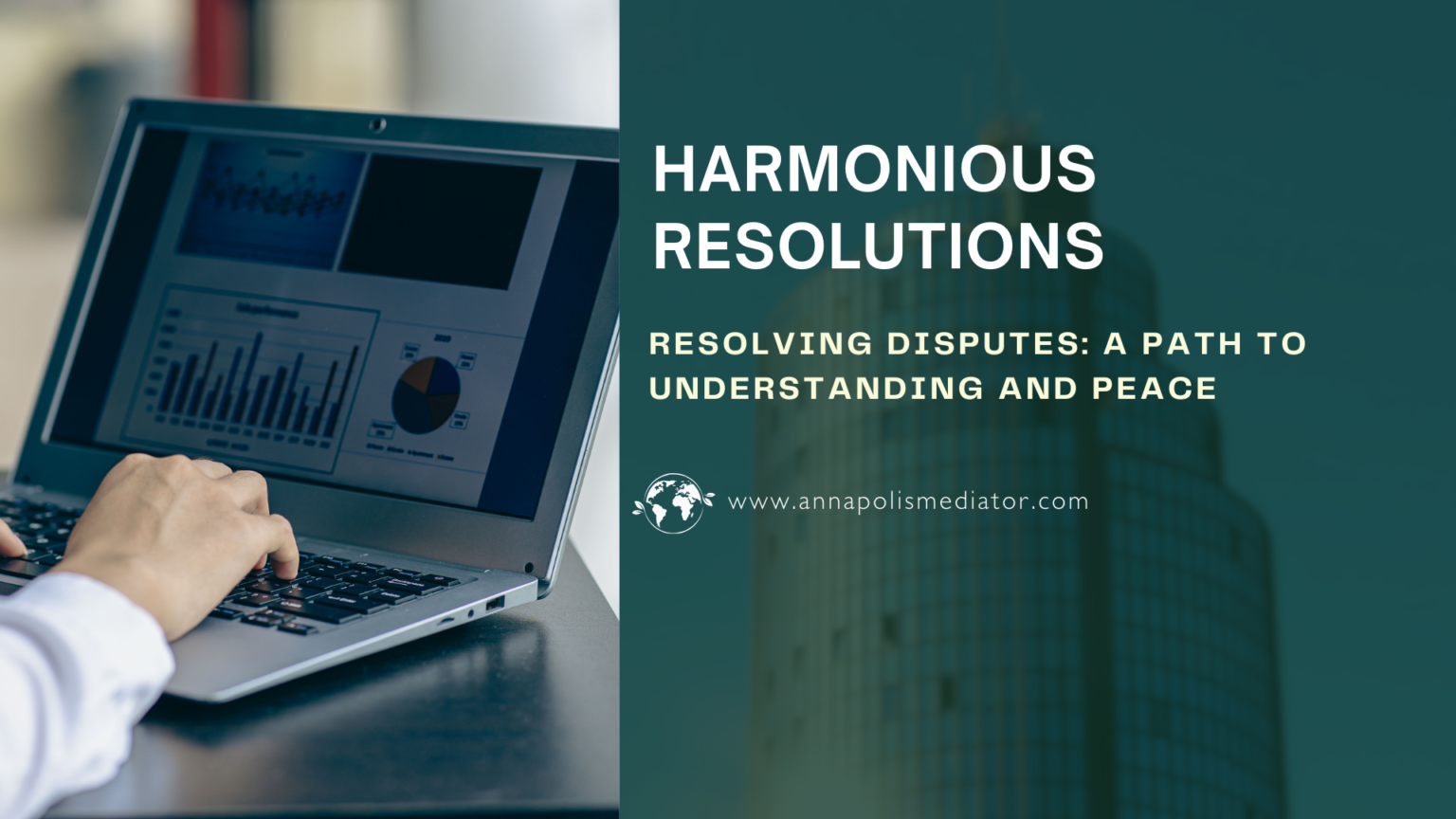Finding Common Ground: Tools for Harmonious Resolutions
The foundation of any resolution process lies in communication. Active listening is a critical tool for resolving conflicts. Instead of focusing solely on responding, active listening involves paying full attention to what the other person is saying, both verbally and non-verbally. This allows the speaker to feel heard, respected, and valued. It also gives the listener a better understanding of the other person’s point of view, which can lead to more empathetic and collaborative solutions.
How to Practice Active Listening:
- Maintain eye contact and show openness through body language.
- Reflect back what you’ve heard to ensure understanding.
- Avoid interrupting or formulating your response while the other person is speaking.
- Ask clarifying questions to dive deeper into their perspective.
2. Empathy and Understanding
To resolve conflicts effectively, empathy is essential. This involves placing yourself in the other person’s shoes and understanding their emotions, values, and concerns. Empathy creates an emotional connection and promotes mutual respect. It helps to humanize the opposing party, which makes it easier to find common ground.
How to Develop Empathy:
- Practice mindfulness and emotional awareness.
- Acknowledge the other person’s feelings and validate their perspective.
- Respond with kindness, even if you disagree with their viewpoint.
- Be open to learning from others, even if their experiences differ from your own.
3. Focus on Interests, Not Positions
In many conflicts, both parties are entrenched in their positions, making it difficult to find a resolution. However, by focusing on the underlying interests, rather than rigid positions, the conversation can shift to more cooperative problem-solving. Interests refer to the needs, desires, fears, and concerns that motivate each party’s stance. Understanding these interests allows for the creation of solutions that satisfy the core needs of all involved.
How to Shift from Positions to Interests:
- Identify and express your own interests openly.
- Encourage the other party to share their interests.
- Look for areas of overlap where both parties can benefit.
- Be open to creative solutions that address everyone’s needs.
4. Collaboration and Compromise
Finding common ground doesn’t always mean that both parties get exactly what they want. Instead, it involves collaboration and compromise. Collaboration fosters cooperation, while compromise ensures that both sides make concessions. This approach encourages a sense of teamwork and mutual respect.
Steps for Collaborative Resolution:
- Openly communicate your needs and preferences.
- Brainstorm potential solutions together.
- Assess the feasibility and fairness of each option.
- Negotiate until both sides are satisfied with the outcome.
5. Problem-Solving Approach
Rather than focusing on the emotions or blame, a problem-solving approach centers on finding solutions. This practical and constructive method keeps the conversation productive, focusing on resolving the issue at hand rather than getting caught up in past grievances or personal attacks.
How to Apply a Problem-Solving Approach:
- Define the problem clearly, from both parties’ perspectives.
- Break down the problem into manageable parts.
- Develop multiple potential solutions.
- Evaluate and implement the best solution that addresses both parties’ needs.
6. Maintain Respect and Civility
Even in the most heated conflicts, it’s important to maintain respect and civility. Disrespectful behavior or aggressive communication can escalate the situation, making resolution more difficult. By remaining calm, polite, and professional, both parties can keep the dialogue open and avoid unnecessary escalation.
Ways to Maintain Respect:
- Keep your tone neutral and avoid sarcasm.
- Refrain from personal attacks or insults.
- Use “I” statements to express your feelings without blaming the other person.
- If emotions are running high, suggest taking a break to cool down before continuing the discussion.
7. Neutral Mediation
In some cases, when direct resolution proves difficult, seeking the help of a neutral third party may be beneficial. Mediators can provide an unbiased perspective, helping both sides communicate effectively and reach a fair agreement. This approach works particularly well in disputes where emotions are high and objectivity is needed.
Role of a Mediator:
- Facilitate communication between the parties.
- Ensure that both sides are heard equally.
- Propose solutions or compromises based on the needs of both parties.
- Encourage a fair and respectful resolution process.
8. Patience and Persistence
Finding common ground often takes time. There may be setbacks, misunderstandings, and moments of frustration. However, patience and persistence are crucial to the resolution process. Keeping a calm demeanor and persevering through the challenges can lead to a more thorough and lasting resolution.
How to Stay Patient:
- Keep a long-term perspective, understanding that solutions take time.
- Avoid rushing the process or forcing quick decisions.
- Celebrate small victories along the way to stay motivated.
Conclusion
Conflict is an inevitable part of life, but with the right tools, it is possible to resolve differences in a way that promotes understanding, cooperation, and lasting peace. Active listening, empathy, collaboration, and problem-solving approaches all contribute to finding common ground in challenging situations.
By maintaining respect, seeking compromise, and remaining patient throughout the process, individuals and communities can navigate conflicts with grace and integrity. When these tools are applied effectively, not only can conflicts be resolved, but stronger and more meaningful connections can also be built.
Advertise Your Brand:
Are you looking for expert guidance on resolving conflicts, improving communication, and fostering stronger relationships? Look no further than Susen, a comprehensive platform dedicated to helping individuals and organizations find common ground in every aspect of their lives. With our range of conflict resolution tools, workshops, and resources, we ensure that you have the support needed to handle even the most complex challenges with confidence. Visit Susen’s website today and start your journey toward harmonious resolutions.


